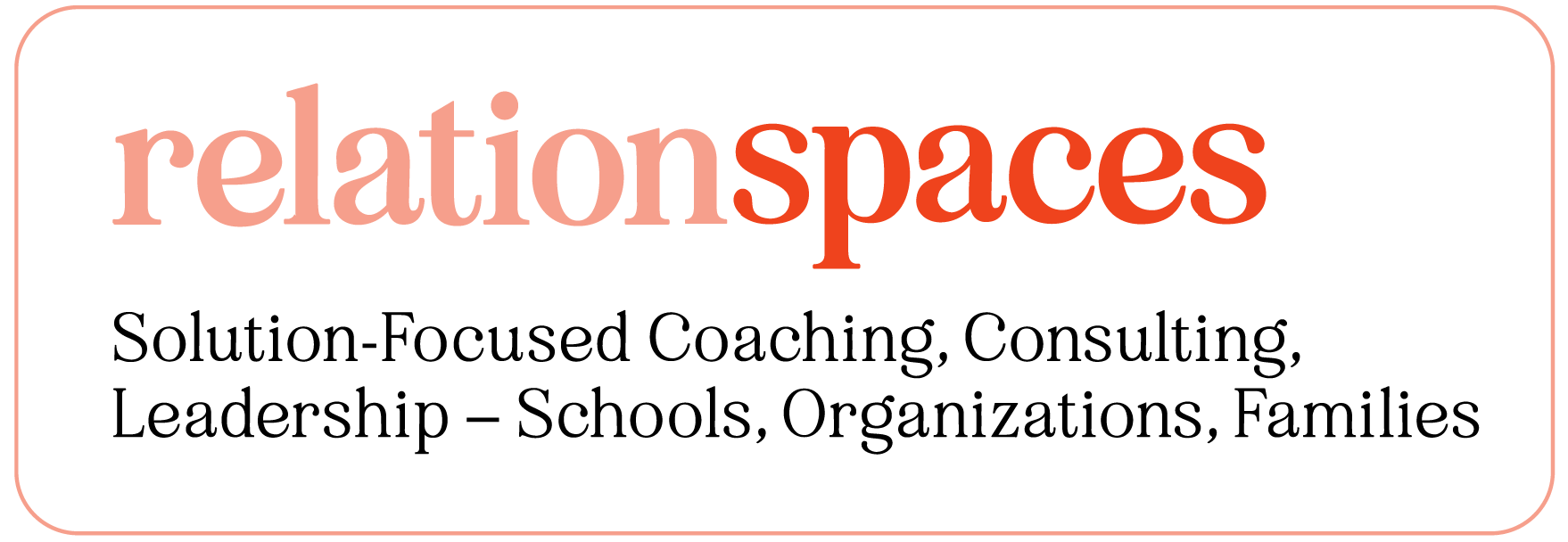Engaging groups, classes, or teams in learning requires a thoughtful approach to prioritizing relationships while understanding and respecting participants’ needs and wants. Here are some effective solution-focused strategies to engage participants and to make the learning experience more impactful:
1. Start with Where Your Participants Are:
Before diving into the content of your program, take the time to understand who your learners are and what they bring to the table. Ask for their input regarding their needs, identities, experiences, interests, and priorities. This helps in creating a safe learning space, in tailoring a program to align with their expectations, and ensures that each of their voices are heard and valued.
2. Design a Program that Includes the Learner’s Best Hopes:
Incorporate participants’ aspirations and expectations into the program design. Ask them, “When this session is over, how will you know that it has been impactful? What will be different for you? How might you act on this learning?” When learners see their hopes reflected in learning objectives and activities, they are more likely to engage with enthusiasm and commitment. Be transparent about how their input has influenced the program content and structure.
3. Establish Collaborative Norms
By establishing collaborative norms, you create a framework that guides participants in engaging with each other respectfully, inclusively, and constructively. These co-constructed norms contribute to the creation of a safe and supportive learning environment, where everyone feels valued and empowered as an integral part of the group. Ask them; “How will you know that you are being respected in this learning environment? What will be most meaningful for you? How will you know?” Encourage active listening without judgment or interruption, and an atmosphere where participants honor each other’s thoughts and ideas – even if they disagree. Encourage participants to stay present and focused during discussions and activities, and invite them periodically, to re-evaluate norms that govern their interactions and behaviors.
4. Make Space for the Learner to Lead in Program Implementation:
Encourage participants to take ownership of the learning process by providing opportunities for them to contribute to the agenda, content, and tasks. Ask them, “What are productive learning sessions that you’ve attended in the past? What made them productive? How did you contribute to these sessions? What strengths or skills did you bring to the task? How were they valued?” Allow them to share their unique ideas and perspectives, and empower them to lead discussions, projects, or activities using their own skills and styles. This not only enhances engagement but also fosters a sense of ownership and collaboration among participants.
5. Manage Learning Tasks with Theory and Action:
Balance theoretical knowledge dissemination with hands-on, experiential learning activities. Recognize that participants may reach a saturation point with information overload, so provide opportunities for them to actively apply their learning. Recognize that the best learning takes place when individuals have agency in it. Incorporate group tasks, problem-solving exercises, and reflective breaks to keep participants engaged and energized throughout the learning process. Encourage alternative modes of engagement such as movement, diagrams, video/audio clips, constructing models, or informal conversations – to cater to different learning preferences. Ask participants to add to these ideas.
6. Address Challenges as Learning Opportunities
When presented with roadblocks, problems or challenges, welcome them as opportunities for learning and reflection. Set an intention to make productive change to content and process as needed. Ask individuals, “What would you like to see instead? What will make you more comfortable? What will have more meaning for you? What might that look like?” When presented with bad behavior, minimize giving attention to it in the moment. Instead, speak with the individual at a private time to understand their concerns, support constructive goal setting, and to set some appropriate boundaries in a respectful manner.
By incorporating these strategies, educators, facilitators, and leaders can create learning environments that prioritize relationships, are solution-focused, inclusive, engaging, and conducive to meaningful growth and development.
Thank you for reading this newsletter. Please let me know if you have any questions or comments. As well, let me know if you have any particular topics of interest, regarding relationships in general, at home, at school and at work. You can also subscribe to this newsletter on LinkedIn.



